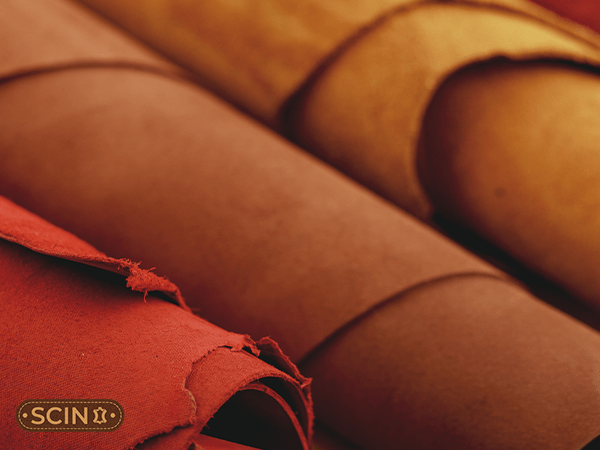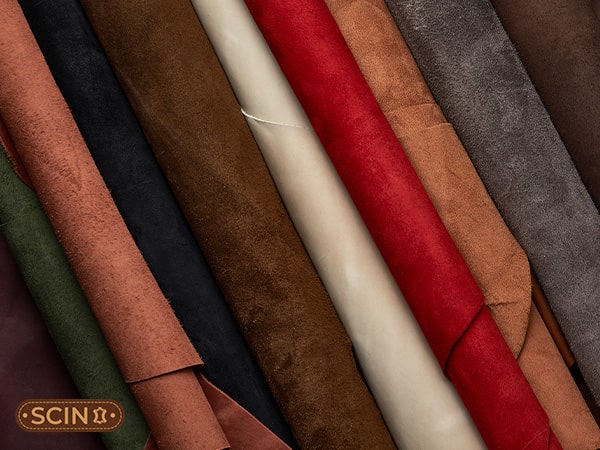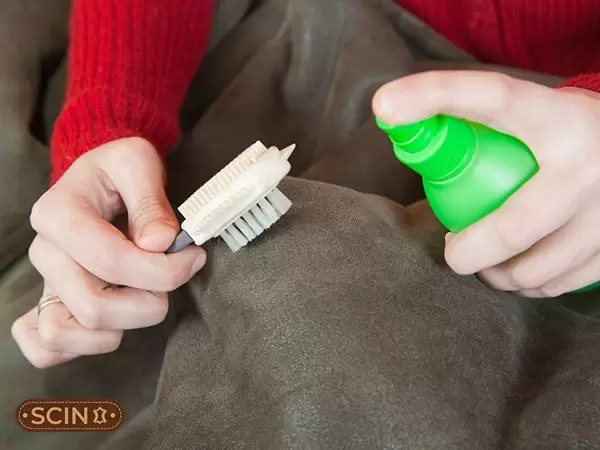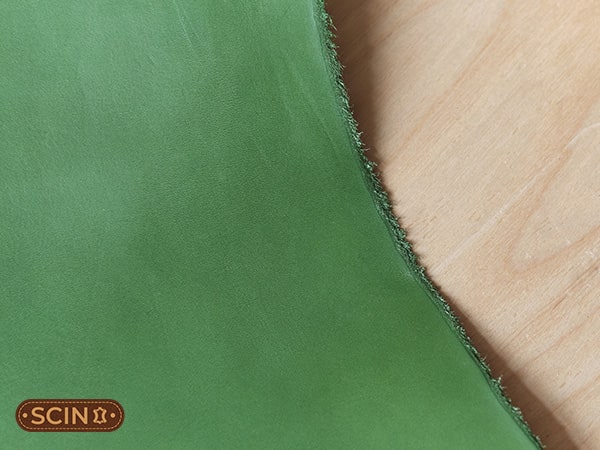Have you ever thought about what is vegetable tanned leather? It’s not just about how it looks or feels, but also the interesting process behind it. Today, let’s explore what is vegetable tanned leather. If you’ve ever been curious about what is vegetable tanned leather, then this blog is perfect for you.
What is Vegetable Tanned Leather?
Wondering what is vegetable tanned leather? Vegetable tanned leather is a type of leather that is processed using natural materials such as tree bark, leaves, and other parts of plants. This traditional method has been used for thousands of years and is more environmentally friendly compared to chrome tanning, which involves the use of harsh chemicals.

The process of vegetable tanning results in leather that has a rich, natural color and each piece is unique. In essence, vegetable tanned leather is a beautiful and eco-friendly alternative to chemically tanned leather.
Environmental Benefits
The use of vegetable tanned leather has a positive impact on the environment because it is made from natural materials, it is a sustainable choice and avoids the use of harmful chemicals present in other tanning methods. This makes it a better option for the planet and for people. When you opt for vegetable tanned leather, you are endorsing an eco-friendly process.
Additionally, this type of leather is biodegradable, unlike synthetic and chemically treated leathers. This means that when it eventually wears out, it naturally breaks down without causing harm to the environment.

What is Vegetable Tanned Leather and Its Quality and Durability
After knowing on what is vegetable tanned leather, let’s discuss the great qualities of vegetable tanned leather. It’s known for lasting a long time and aging nicely, getting a unique look as it gets older. This type of leather is also super strong and can handle a lot of wear and tear, making it a great choice for a leather jacket that you want to keep for a long time.
Whether it’s men leather jackets or women leather jackets, a leather jacket made from vegetable tanned leather will stay tough and stylish for years to come.
Health and Safety Benefits
Unlike other leathers, it’s made without using any harmful chemicals. This means it’s safer for the people who work with it and for you too.
If you have sensitive skin, you might want to consider using vegetable tanned leather. It’s less likely to cause allergies compared to other kinds of leather. So, what exactly is vegetable tanned leather? It’s a safer option for everyone, especially if you have allergies.
What Is Vegetable Tanned Leather and Ita Aesthetic and Sensory Appeal
The question, what is vegetable tanned leather is followed by its aesthetic appeal. Have you ever noticed how vegetable tanned leather is not only tough, but also really appealing to the eye? The natural tanning process gives it such rich, deep colors. Each piece is totally unique, with its own little differences in color and texture.

Also, there’s just something so special about the scent of vegetable tanned leather. It’s got this rich, earthy aroma that you just can’t find with fake or chemically treated leathers. Moreover, the feel of it is amazing too. It’s soft to the touch but still strong, giving you an experience that’s hard to beat.
Versatility and Customization
One of the greatest things about vegetable tanned leather is how versatile it is. It’s perfect for crafting by hand and doing detailed work. That’s why a lot of artists really like using it. You can find all sorts of stuff made from this leather, like wallets, belts, and, of course, leather jackets.
Another really awesome thing about it is that you can customize it however you want. Vegetable tanned leather absorbs dye really well, so you can make your own one-of-a-kind items. Whether you want a personalized leather jacket or a unique wallet, vegetable tanned leather is definitely the way to go.

What Is Vegetable Tanned Leather and Its Economic Benefits
Choosing products made from vegetable tanned leather is a great way to support traditional craft and local businesses. It’s a small but meaningful way to help keep these age-old traditions alive and contribute to local economies.
Even though vegetable tanned leather items may cost a bit more initially, they’re actually a wise investment. They’re super durable, so you won’t have to replace them as often, which means you end up investing your money in the long run. Vegetable tanned leather is all about prioritizing quality over quantity.
Why Choose Vegetable Tanned Leather for Leather Jackets?
After getting answers to what is vegetable tanned leather, you would definitely want to choose vegetable tanned leather for your leather jackets. When you’re shopping for a leather jacket, it’s really important to pick the right kind of leather and vegetable tanned leather is a great choice for a few reasons. First off, it is super durable, which is exactly what you need for a jacket that you’ll be wearing every day. It also ages really nicely, getting a cool worn-in look as the years go by.

Another great thing about vegetable tanned leather is that it’s really breathable. Vegetable tanned leather lets air flow through, so you stay cool in the summer and warm in the winter. That means it’s perfect for a jacket because it will surely keep you comfortable in all kinds of weather. So, what exactly is vegetable tanned leather? It’s the perfect material for a leather jacket that’s reliable, comfy, and looks great too.
How to Identify Quality Vegetable Tanned Leather
If you want to buy quality vegetable tanned leather, it’s important to know what to look for. First, give it a sniff and feel the texture. High-quality vegetable tanned leather has a distinct earthy smell and a natural feel with some variations. Also, check the edges – they should be smooth and rounded, showing good craftsmanship. Pay attention to the color too; real vegetable tanned leather has a warm, rich hue that gets deeper with time. If the color looks too perfect or fake, it might not be the real deal.

How to Care for Your Vegetable Tanned Leather Products
- Keep your leather stuff clean by gently wiping off any dirt or dust with a slightly wet cloth.
- Don’t use any strong chemicals that could mess up the leather.
- Give your leather some love every few months by using a leather conditioner to keep it nice and soft. This helps stop it from getting all cracked and dried out.
- Try not to get your leather too wet because it can mess it up. If it does get wet, just let it dry on its own.
- When you’re not using your leather items, make sure to store them in a cool, dry place. You can use a dust bag or cloth to keep them safe from dust and sunlight.
Why Vegetable Tanned Leather is Worth the Investment
Thinking about buying vegetable tanned leather products is definitely worth it in the long run. Even though they might be a bit more expensive at first, they last a long time so you won’t have to keep buying replacements. This actually saves you money in the long term. Plus, the quality and workmanship of vegetable tanned leather products means they hold their value.

On top of that, the special way vegetable tanned leather ages, it gives your items a really cool look over time. They develop a unique patina that adds character to each piece. So, what’s the deal with vegetable tanned leather? It’s all about investing in something that’s high quality, good for the environment, and always in style.